“It never happens in Germany that the electricity and water fee increases annually to cover the deficiency so the consumers suffer from this. If any enterprise cannot make profits then it should be shut”.
“Why do some Vietnamese companies face such challenges with the banks whereas others get offered a loan even if they don&;t require one?” Ms. Gunda Roestel, Managing Director of Gelsenwasser in Germany raised a question in the forum “Approaching ODA and Bank Credits: Need to Know”. The forum was organized by Vietnam&;s Association of Foreign Invested Enterprises (VAFIE) and DEVIWAS project under GWP.
As an experienced leader of the largest company in the water sector in Germany and a member of the Berlin government, Ms. Roestel confirmed that the efficiency and capital utilization of the cooperation is the key.
99% wastewater treated in cities
Dresden Sewerage Company, operated by Ms. Roestel, is the only one using a lights system under the 1,800 km of channels. The wastewater treatment plant provides direct connections with the pipe for 740,000 households, accounting for 99% households in the city. Treated water can be drunk from the tap. An annual revenue from wastewater treatment reaches 75 million euro out of total 614 million euro. Even with such high revenues, the company needs only 409 staff.
The biggest pipe&;s diameter is up to 2 m, which is big enough for a bus to go through. The consumption of electricity for the company&;s operation equals the total consumption of city&;s public lights. This also leads to an enormous electricity cost.
"Our solution is recycled energy. We collect almost all the city&;s oil, make it into mud, then produce bio- gasoline. This solves 75% of the electricity needs of the company. We only pay 25 million euro annually for the rest“, Roestel shared.
A “To Lich river” version in Germany
“It is believed that Germans are so privileged that they don&;t know what pollution is, but that is not the case”, she revealed
A typical example is the Elbe River which often appears in Germany&;s fairy tales. “20 years ago, it was seen as a dead river due to its contamination. It&;s a version of “To Lich river” in Germany”, she said. Part of its pollution was poor behaviors of the citizens. In 1989, the wastewater fee accounted for 10% of the total water fee, which was almost free. Germans believed that it was the government&;s business so they wasted a lot of water. Individuals could use up 260 liters per day.
In the early 90s, after the reunification, the government began applying environmental protection methods including the rule ‘revenues covers expenditures&; to the water fee. By doing so, enterprises could raise the water fee to pay for water treatment and water supply.
It took 4 years for the local authorities to negotiate the water fee increase. This adjustment changed the locals&; water usage behavior, which saves more water and the environment. Besides, the government saved a part of the budget for other investment.

German “foolishness”
The table below is a comparison of wastewater treatment fees in big cities in Germany. The green color is wastewater treatment fees and the red color is rainwater treatment fees. Dresden citizens only pay 1.81 EUR for each m3 of treated water which is medium low level. On the other hand, the rainwater treatment fee reaches 1.69 EUR/m3, almost at the highest level in Germany.
“This is the German foolishness that Vietnam needs to avoid. Germany has to pay for this for about 100 years,” she shared. It is caused by the high percentage of concretism in Dresden. Rain runs along the roof and concrete and absorbs poison before rushing into the sewerage channels and then lakes. This needs to be treated through the plants. If the water is in natural soil, the cost of this treatment would be avoided.
“Dresden and Hanoi share a common thing which is a high percentage of concrete. It is “urban architecture”. However it increases the cost of wastewater treatment and also causes congestion since water rushes into the sewer and gets stuck,” Roestel shared.
“This is a lesson-learnt for architects in the future. They need to know how to “flip the concrete”, spare a certain space so that water can absorb naturally. It doesn&;t only provide a greener space but also reduces the water cost for citizens”, she said.
“From now until 2020, the Vietnamese government needs 20 billion USD for wastewater treatment. In the coming year, the government will invest in about 40 wastewater treatment plants. Where is the money coming from? Can Vietnam apply the rule from Germany that revenues covers expenditures?” the businesswoman wondered.
If any enterprise cannot make profits then it should be shut
“When your company uses capital efficiently the banks shall come to you instead”, Ms. Roestel stated.
In budget allocation of Dresden plants, only 25% of the total is spent on human resources, depreciation occupies 29% and the rest is for investment. The percentage of capital application of the Dresden company is high which strengthens its credibility of investment efficiency to the bank. “It never happens in Germany that the electricity and water fee increases annually to cover the deficiency so the consumers suffer from this. If any enterprise cannot make profits then it should be shut”, she said and continued.
“Let us think about a simple issue. Citizens don&;t rely on the government to pay their mobile phone bills. So why do they expect the government to pay their water fee? We received a very interesting answer – the Elbe river returned to its original beauty after 20 years of the Dresden plant&;s operation.”
Le Phuong (BizLIVE)
“Why do some Vietnamese companies face such challenges with the banks whereas others get offered a loan even if they don&;t require one?” Ms. Gunda Roestel, Managing Director of Gelsenwasser in Germany raised a question in the forum “Approaching ODA and Bank Credits: Need to Know”. The forum was organized by Vietnam&;s Association of Foreign Invested Enterprises (VAFIE) and DEVIWAS project under GWP.
As an experienced leader of the largest company in the water sector in Germany and a member of the Berlin government, Ms. Roestel confirmed that the efficiency and capital utilization of the cooperation is the key.
99% wastewater treated in cities
Dresden Sewerage Company, operated by Ms. Roestel, is the only one using a lights system under the 1,800 km of channels. The wastewater treatment plant provides direct connections with the pipe for 740,000 households, accounting for 99% households in the city. Treated water can be drunk from the tap. An annual revenue from wastewater treatment reaches 75 million euro out of total 614 million euro. Even with such high revenues, the company needs only 409 staff.
The biggest pipe&;s diameter is up to 2 m, which is big enough for a bus to go through. The consumption of electricity for the company&;s operation equals the total consumption of city&;s public lights. This also leads to an enormous electricity cost.
"Our solution is recycled energy. We collect almost all the city&;s oil, make it into mud, then produce bio- gasoline. This solves 75% of the electricity needs of the company. We only pay 25 million euro annually for the rest“, Roestel shared.
A “To Lich river” version in Germany
“It is believed that Germans are so privileged that they don&;t know what pollution is, but that is not the case”, she revealed
A typical example is the Elbe River which often appears in Germany&;s fairy tales. “20 years ago, it was seen as a dead river due to its contamination. It&;s a version of “To Lich river” in Germany”, she said. Part of its pollution was poor behaviors of the citizens. In 1989, the wastewater fee accounted for 10% of the total water fee, which was almost free. Germans believed that it was the government&;s business so they wasted a lot of water. Individuals could use up 260 liters per day.
In the early 90s, after the reunification, the government began applying environmental protection methods including the rule ‘revenues covers expenditures&; to the water fee. By doing so, enterprises could raise the water fee to pay for water treatment and water supply.
It took 4 years for the local authorities to negotiate the water fee increase. This adjustment changed the locals&; water usage behavior, which saves more water and the environment. Besides, the government saved a part of the budget for other investment.

Elbe River
German “foolishness”
The table below is a comparison of wastewater treatment fees in big cities in Germany. The green color is wastewater treatment fees and the red color is rainwater treatment fees. Dresden citizens only pay 1.81 EUR for each m3 of treated water which is medium low level. On the other hand, the rainwater treatment fee reaches 1.69 EUR/m3, almost at the highest level in Germany.
“This is the German foolishness that Vietnam needs to avoid. Germany has to pay for this for about 100 years,” she shared. It is caused by the high percentage of concretism in Dresden. Rain runs along the roof and concrete and absorbs poison before rushing into the sewerage channels and then lakes. This needs to be treated through the plants. If the water is in natural soil, the cost of this treatment would be avoided.
“Dresden and Hanoi share a common thing which is a high percentage of concrete. It is “urban architecture”. However it increases the cost of wastewater treatment and also causes congestion since water rushes into the sewer and gets stuck,” Roestel shared.
“This is a lesson-learnt for architects in the future. They need to know how to “flip the concrete”, spare a certain space so that water can absorb naturally. It doesn&;t only provide a greener space but also reduces the water cost for citizens”, she said.
“From now until 2020, the Vietnamese government needs 20 billion USD for wastewater treatment. In the coming year, the government will invest in about 40 wastewater treatment plants. Where is the money coming from? Can Vietnam apply the rule from Germany that revenues covers expenditures?” the businesswoman wondered.
If any enterprise cannot make profits then it should be shut
“When your company uses capital efficiently the banks shall come to you instead”, Ms. Roestel stated.
In budget allocation of Dresden plants, only 25% of the total is spent on human resources, depreciation occupies 29% and the rest is for investment. The percentage of capital application of the Dresden company is high which strengthens its credibility of investment efficiency to the bank. “It never happens in Germany that the electricity and water fee increases annually to cover the deficiency so the consumers suffer from this. If any enterprise cannot make profits then it should be shut”, she said and continued.
“Let us think about a simple issue. Citizens don&;t rely on the government to pay their mobile phone bills. So why do they expect the government to pay their water fee? We received a very interesting answer – the Elbe river returned to its original beauty after 20 years of the Dresden plant&;s operation.”
Le Phuong (BizLIVE)


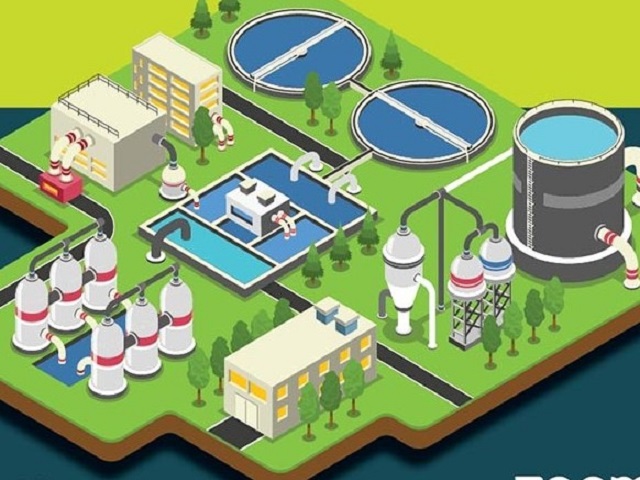
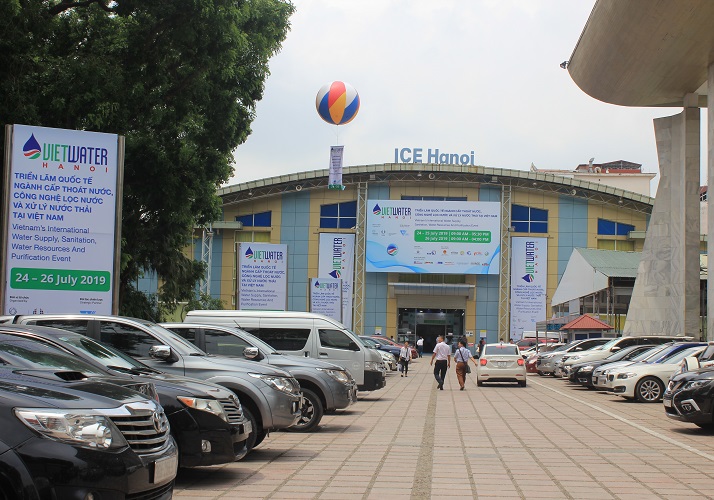



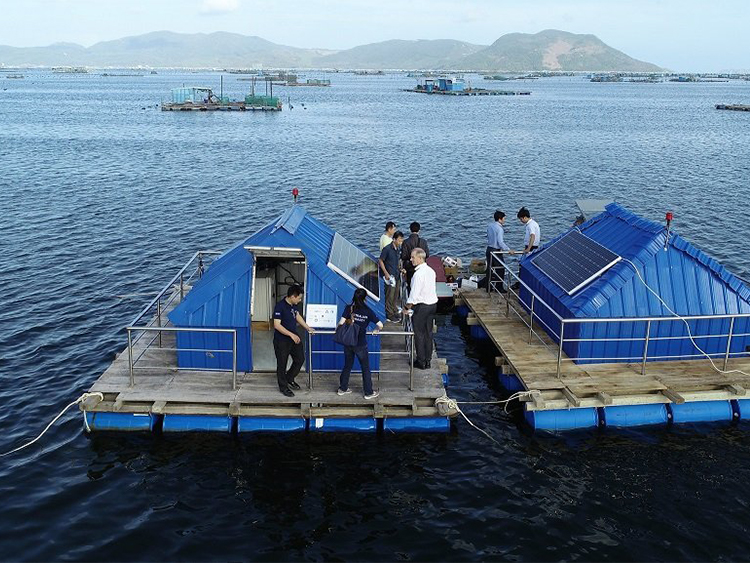


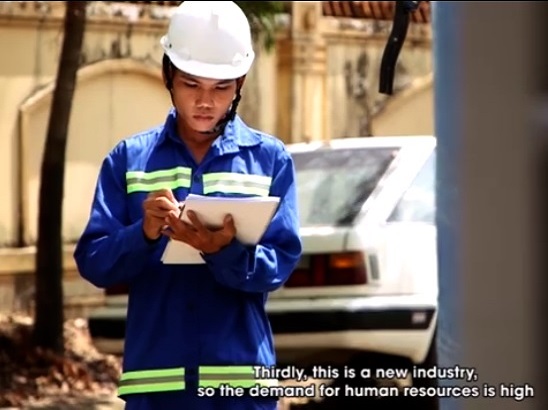


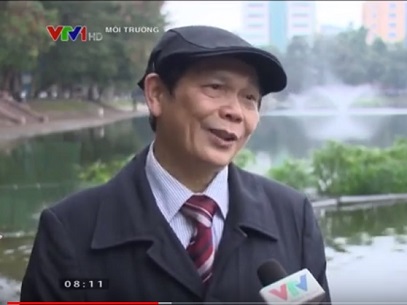
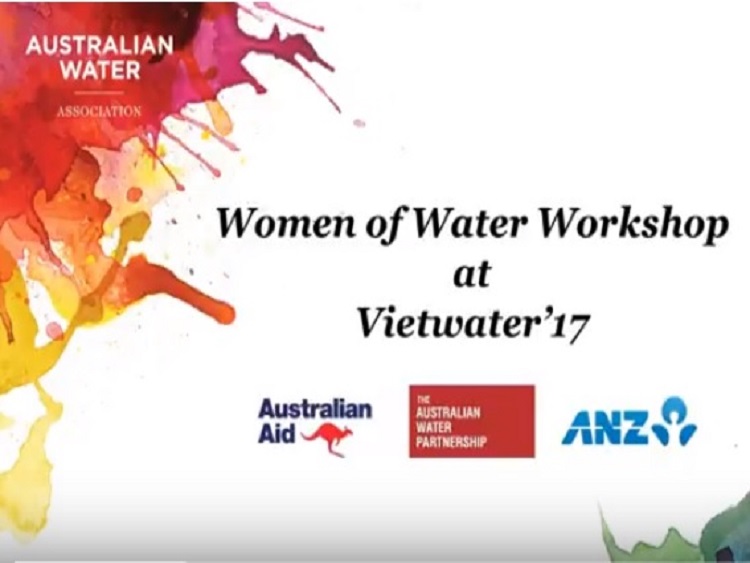
.jpg)
.jpg)
.JPG)
